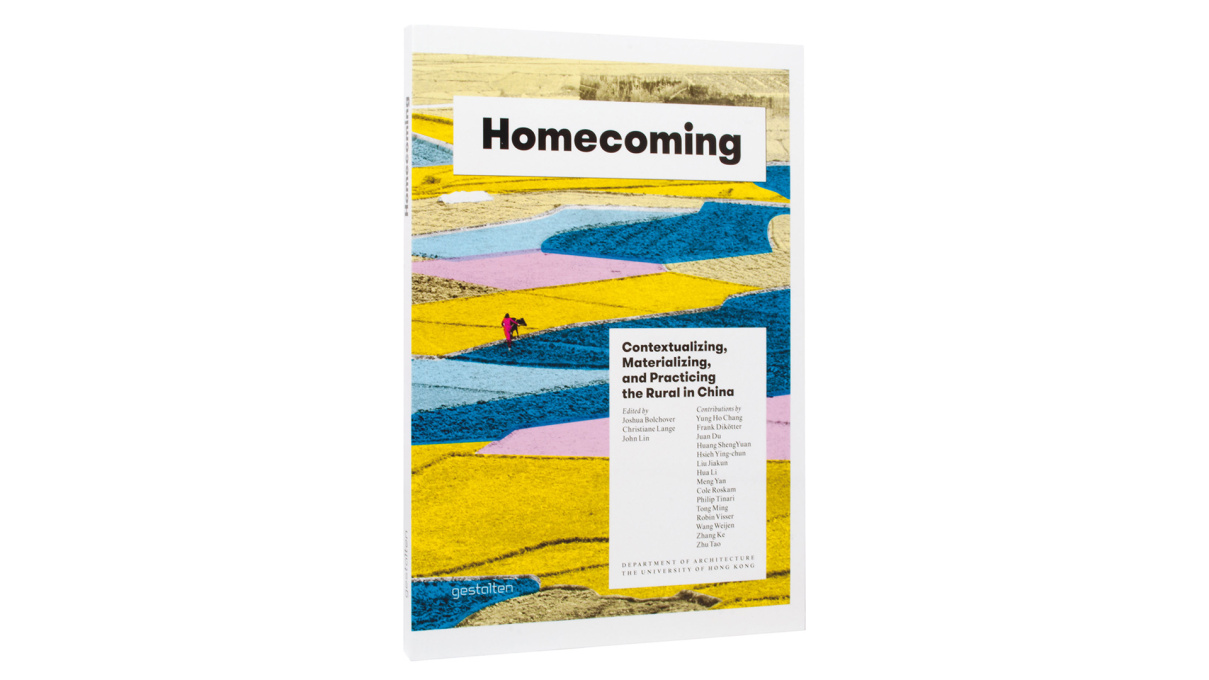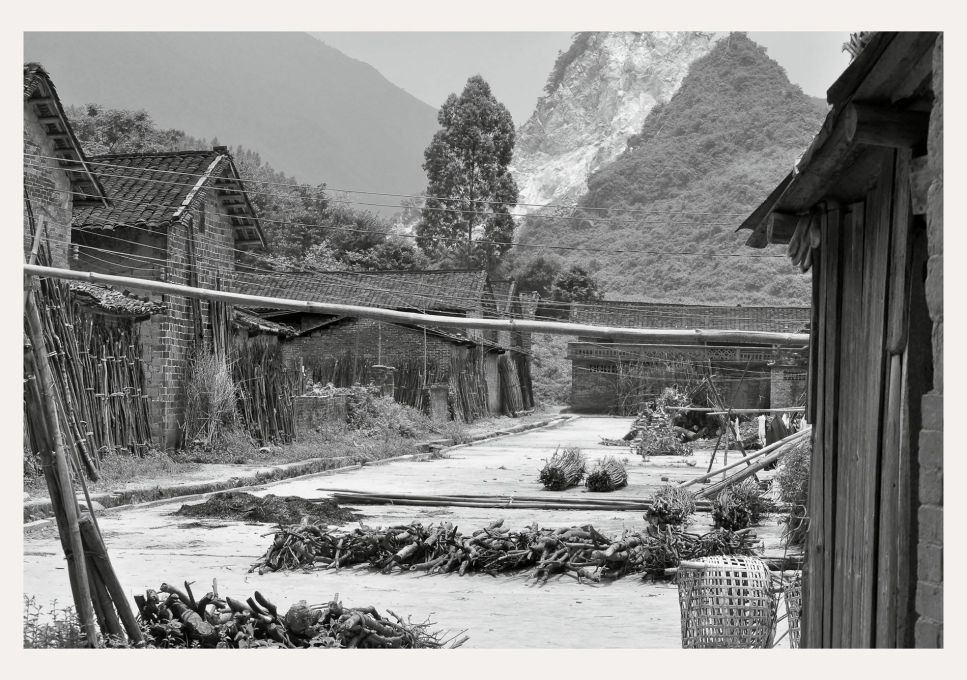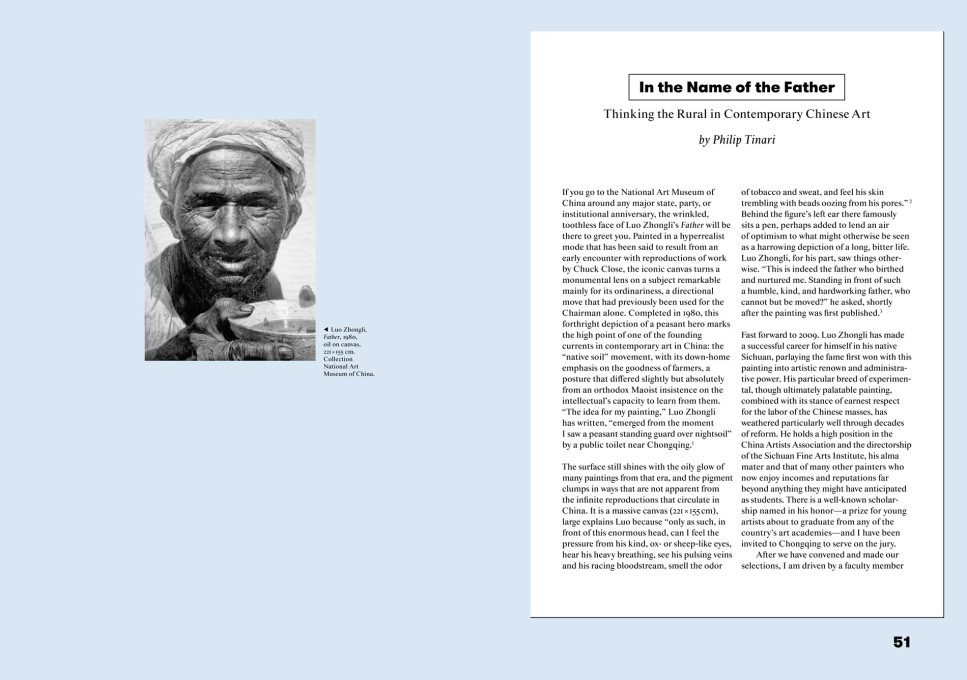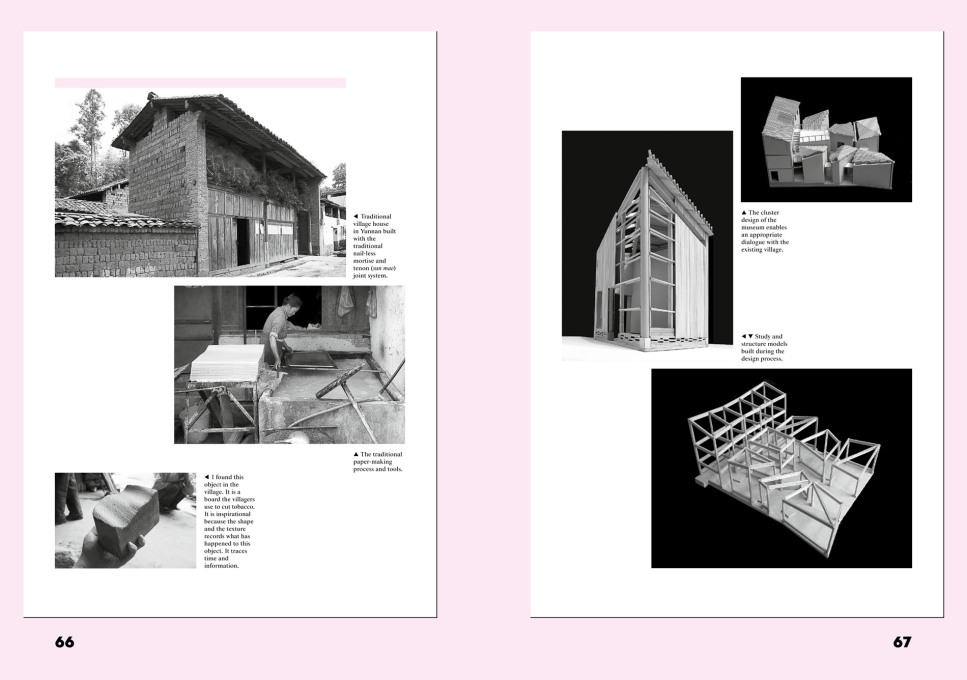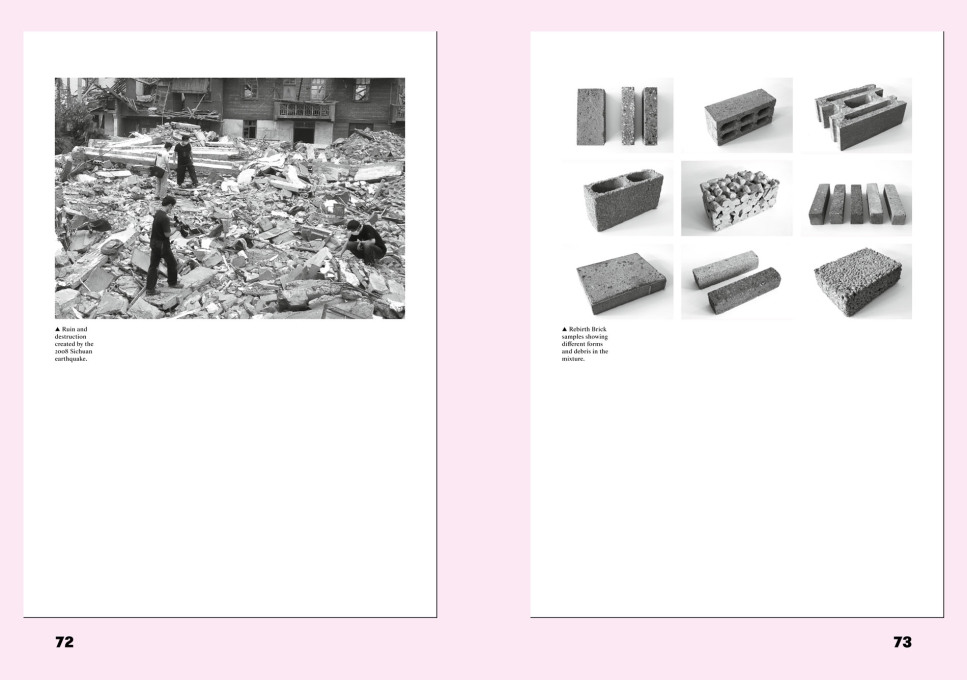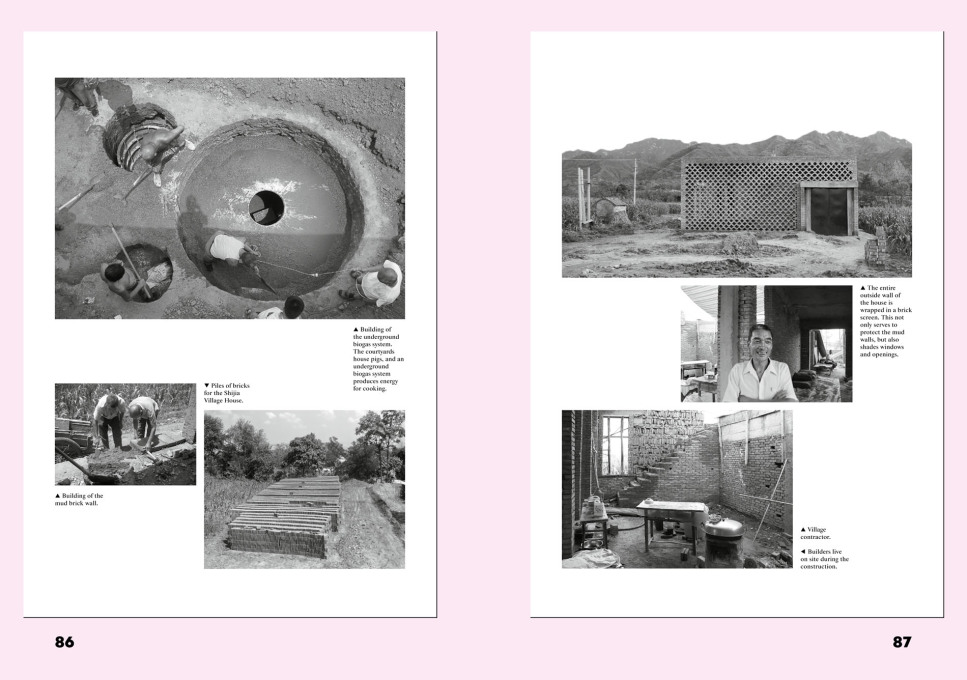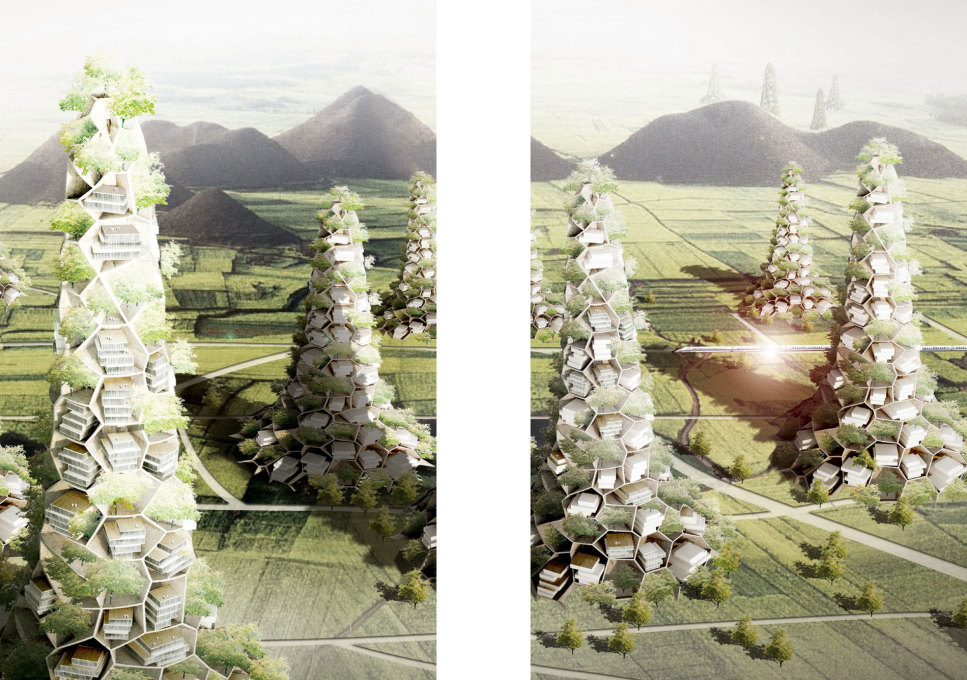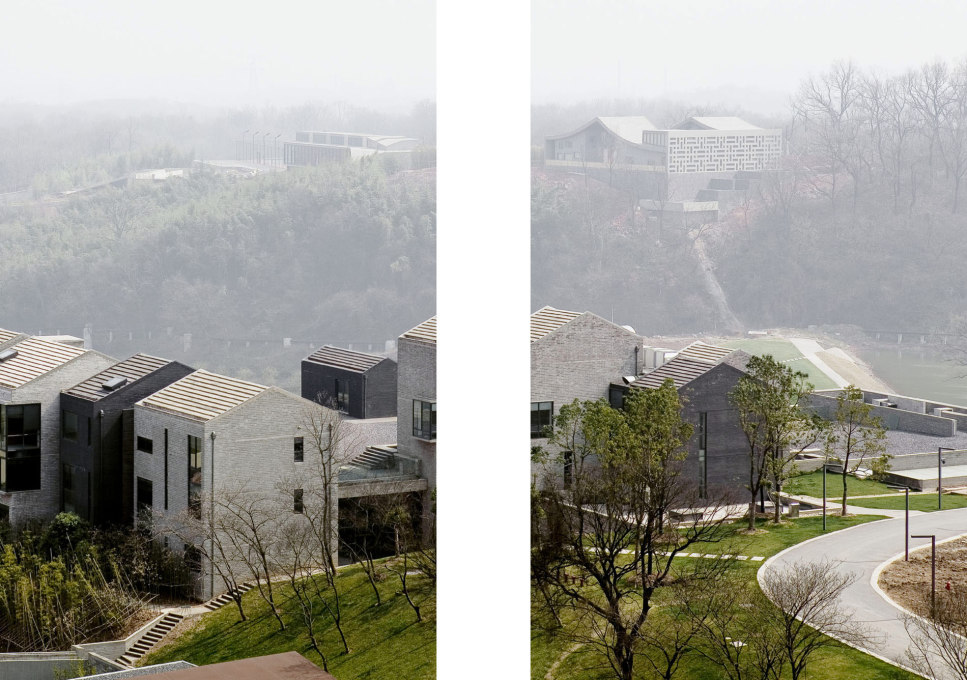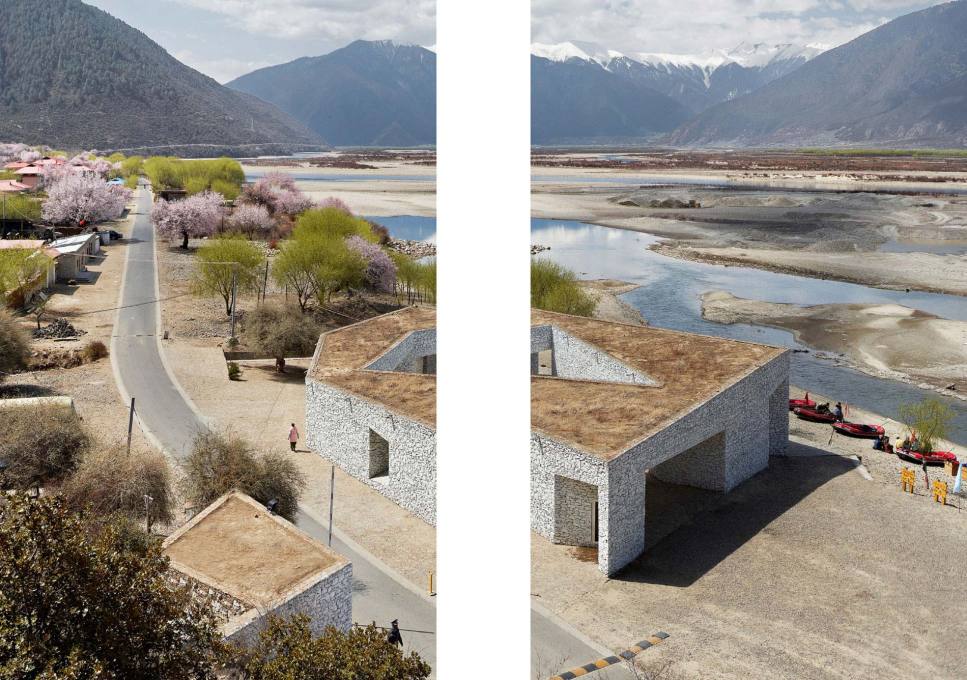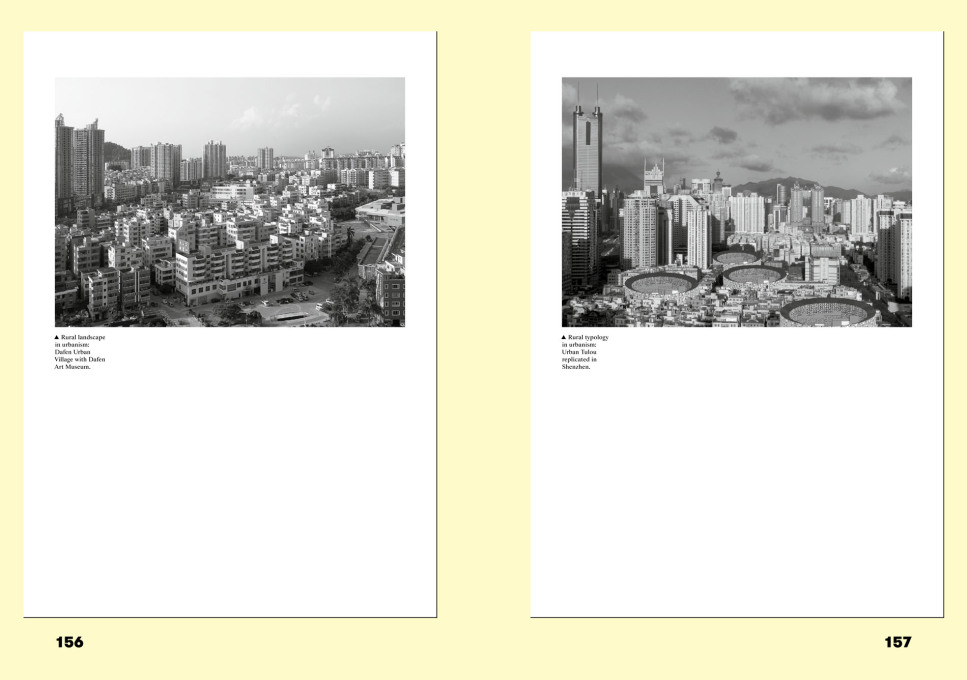An intriguing new book, Homecoming, edited by Christiane Lange, Joshua Bolchover and John Lin, addresses changing architectural identities between the urban and the rural in China, and leaves a strong impression on uncube editor Florian Heilmeyer:
The Western perspective on China’s architecture and urbanism tends to focus on certain aspects only. Among the most popular topics of conversation are the enormous size and the unbelievable speed of urbanization, of course, but also – according to Western media – a widespread urge to build shiny new iconic architectures. But beneath the surface of this rather superficial point of view, there is much more to learn and understand about this huge, multifaceted and contradictory country.
Homecoming was born out of a symposium held under the same name at the University of Hong Kong in 2012. With a specific selection of authors, historians and architects (many of them of Chinese origin) this book presents a nice collection of thorough texts, careful projects and ideas on how to work with the rural, the landscape, traditional materials and/or construction methods. The editors write: “Homecoming addresses the issue of rural development in China today and the role the architect has to play in this shifting context. It questions the ‘rural’ and the ‘urban’ in Chinese society and the larger issue of architectural identity”.
Homecoming is a sensitive and plurivalent book about China. It’s title theme is reflected in numerous interpretations by the featured authors. For some, ‘homecoming’ is about returning to China after studying and living abroad. Others understand working with the rural to be a way of ‘coming home’, discovering ancestral and traditional roots. And most of them refer to personal memories and perceptions they have of the Chinese countryside.
Whereas most books about contemporary architecture in China tend to exhaust the reader with superlatives, this book is distinguished by it’s well-balanced thoughtfulness. Homecoming hardly shows any buildings at all – and if so, the projects are never shown for the sake of including glossy photographs of iconic architecture. Projects like the Museum of Handicraft Paper, the House for All Seasons, or the Yilan Revitalization project by Fieldoffice in Taiwan are adding arguments to the thoughts presented within the texts.
Homecoming manages to create an atmosphere that is concentrated, almost scientific, but at the same time never exhausting. The texts are well edited, getting straight to the point, yet rarely leaving the reader with the feeling that he’s only scratching the surface. It’s like following an entertaining debate where every participant makes a really good point.
All in all, the theme of this book allows for controversy and special topics (like “China’s Architectural Historiography 1932-1946”) without losing it’s general focus or concentration. Homecoming is a quiet and concentrated book, honest and personal, as thoughtful as thought-provoking. A must-read for everyone interested in contemporary China.
– Florian Heilmeyer is an editor at uncube
Subscribe to win a copy of Homecoming!
We have two copies of Homecoming to give away. If you are already a subscriber to uncube, send a mail to bea@uncubemagazine.com with “HOMECOMING” in the subject before 27th November 2013 to take part in our free draw. Only uncube subscribers are eligible to take part, so if you have not yet subscribed, do it now – it's free! Subscribe to the uncube mailing list
Homecoming. Contextualizing, Materializing and Practicing the Rural in China
Editors: Christiane Lange, Joshua Bolchover, John Lin
Contributions by Yung Ho Chang, Frank Dikötter, Juan Du, Huang ShengYuan, Hsieh Ying-chun, Hua Li, Liu Jiakun, Meng Yan, Cole Roskam, Philip Tinari, Tong Ming, Robin Visser, Wang Weijen, Zhang Ke, and Zhu Tao.
184 pages, Softcover, 18.5 x 26 cm
Gestalten, September 2013
ISBN 978-3-89955-504-2
www.gestalten.com




